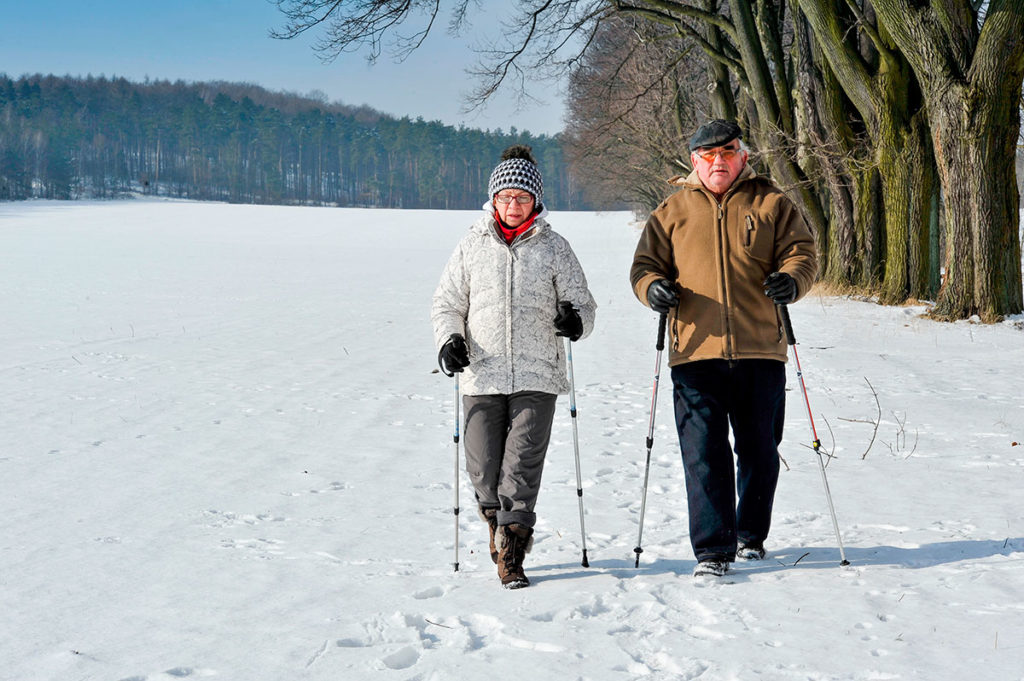
Faster, Longer, Walks Produce Better Health Benefits
Leisurely strolls through the countryside or city streets have been associated with significant health benefits. However, researchers suggest that older adults should pick up the pace to reap maximum rewards.
This conclusion, published in Circulation (2015; doi: 10.1161/ CIRCULATIONAHA.115.018323), was reached as part of the Cardiovascular Health Study, which followed 4,207 men and women aged about 73 for a decade. Throughout the intervention, researchers took note of walking habits, pace and distance. These scores were compared against incidences of coronary heart disease, stroke and total cardiovascular disease (CVD).
Physical activity was linked with lower levels of CVD-related incidences, and participants who walked at faster paces and logged greater distances tended to have the lowest CVD risks. Upping the pace from 2 to 3 miles per hour could cut risk by 50% or more, for example. Stroke risk was reduced by 54% among those who regularly walked at least seven blocks compared with subjects who didn’t walk as far.
The authors stated that, while the health benefits of walking have been well examined, this particular study highlights specific recommendations for how fast and how far an older adult needs to walk in order to significantly reduce CVD health risks.